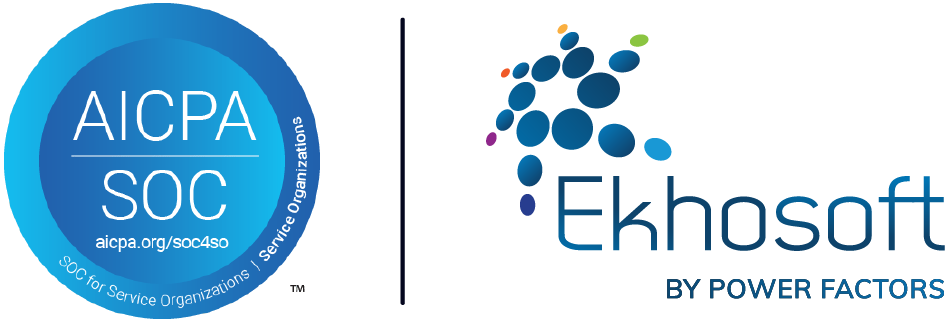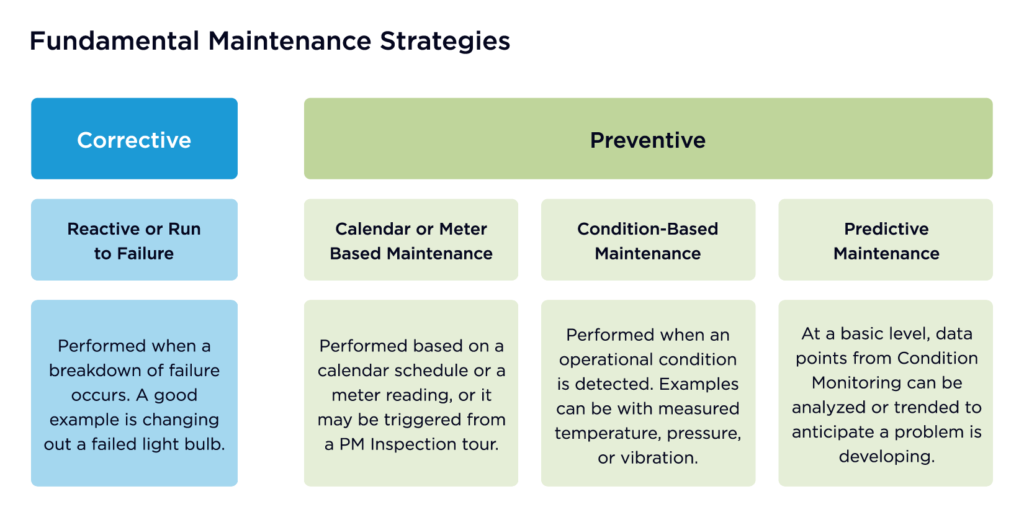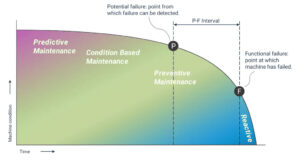[Press Release] Syensqo Partners With Ekhosoft to Enhance Performance Management
Quebec-based OPM provider integrating solutions for OEE monitoring to specialty polymers unit to increase productivity.
Quebec, Canada/Brussels, Belgium — September 10, 2024 – Ekhosoft, a leading provider of operations management and operational intelligence software solutions for the industrial sector, today announced its partnership with Syensqo. The Ekhosoft platform will be used to monitor overall equipment effectiveness (OEE) for Syensqo’s specialty polymers unit.
OEE is a critical KPI for the business, and the addition of Ekhosoft to its manufacturing operations will enable Synesqo to extract more value from its assets and de-bottleneck production units with minimal capital investment. The real-time analytics are expected to enable up to 15% increase in productivity. The solution will be deployed on 41 production units across 13 specialty polymer plants in the United States, China, Europe, and India.
“Prior methods of measurement were outdated, and we needed a solution we could build and scale quickly. Selecting Ekhosoft was simple – its customer-first, customized approach was clear from day one,” said Olivier Vidberg, Digital and Manufacturing Excellence Manager, Specialty Polymers at Syensqo. “The ability to optimize OEE will improve our output as well as reduce time from innovation to production internally and for our customers. It will also allow our business to grow without increasing carbon emissions, which is key to achieving our ambitious carbon neutrality goals.”
Ekhosoft’s OEE performance management software harnesses a global industrial data lake to collect real-time operational data and presents that information directly to plant operators in a timely fashion, enabling quick and informed decision-making. Its granularity on OEE causes, cycle times, and more enables in-depth analysis for batch operations and raises real-time awareness of downtime and quality losses, ultimately allowing corrective actions to be completed as soon as possible.
“Syensqo’s need for performance management that can get online and scale quickly makes Ekhosoft a natural partner. We will be up and running in under a year and are looking forward to working hand-in-hand with the Syensqo team to boost efficiencies and reduce its carbon output,” said Patrick Ramsey, Founder of Ekhosoft. “We’re proud to partner with a visionary company that seeks to reduce the world’s dependence on fossil fuels.”
Syensqo’s specialty polymer unit serves a range of industries from electrical mobility to implantable spinal devices with its portfolio of more than 1,500 different formulations; the world’s broadest for specialty polymers.
About Ekhosoft, a Power Factors Company
Ekhosoft is a forerunner in operational performance management and intelligence software solutions, delivering powerful, configurable, and adaptable event-driven application solutions designed for large-scale operations in process and renewable industries. Ekhosoft’s leading Ekho Operational Performance Management (OPM) software is designed to propel process manufacturing plants to peak performance by helping eliminate paper, optimize operations, and drive continuous improvement.
Ekho tracks and builds a real-time picture of overall production through performance, OEE, and KPI dashboards, tightening your control over downtime, rate loss, and quality.
Actively used by numerous customers throughout North and South America, and Europe, Ekhosoft’s innovative solutions drill down into operations to uncover patterns delivering key insights into operations while driving performance and efficiency improvements. With personnel and partners across the world, Ekhosoft is uniquely positioned to serve its customers’ needs on a global scale.
Learn more at ekhosoft.com.
About Syensqo
Syensqo is a science company developing groundbreaking solutions that enhance the way we live, work, travel and play. Inspired by the scientific councils which Ernest Solvay initiated in 1911, we bring great minds together to push the limits of science and innovation for the benefit of our customers, with a diverse, global team of more than 13,000 associates in 30 countries.
Our solutions contribute to safer, cleaner, and more sustainable products found in homes, food and consumer goods, planes, cars, batteries, smart devices, and healthcare applications. Our innovation power enables us to deliver on the ambition of a circular economy and explore breakthrough technologies that advance humanity.
Learn more at syensqo.com.
Media Contact (press only):
Matter Communications
[email protected]
(720) 400-8025


 It does this by collecting real-time data from various parts of the production line and delivering important KPIs and metrics such as overall equipment effectiveness (OEE), product quality, and employee productivity.
It does this by collecting real-time data from various parts of the production line and delivering important KPIs and metrics such as overall equipment effectiveness (OEE), product quality, and employee productivity.  In addition, an OPM can provide advanced performance analytics and root-cause analysis, delivering insights quickly via role-based dashboards and other intuitive visualizations. These tools and insights help organizations better understand overall performance and how to improve it.
In addition, an OPM can provide advanced performance analytics and root-cause analysis, delivering insights quickly via role-based dashboards and other intuitive visualizations. These tools and insights help organizations better understand overall performance and how to improve it.  By providing real-time monitoring, analytics, reporting, and performance dashboards, an OPM platform provides a comprehensive view of overall plant performance. This holistic approach enables more strategic, data-driven decisions that drive continuous improvement.
By providing real-time monitoring, analytics, reporting, and performance dashboards, an OPM platform provides a comprehensive view of overall plant performance. This holistic approach enables more strategic, data-driven decisions that drive continuous improvement.


 Customizable Dashboards
Customizable Dashboards
 Mobile Accessibility
Mobile Accessibility


 In this context, increased quality and reduced rejects become crucial. A specialized solution plays a pivotal role in achieving this. Quality is a key element of
In this context, increased quality and reduced rejects become crucial. A specialized solution plays a pivotal role in achieving this. Quality is a key element of 
 For example, as equipment ages, rotating machinery can develop greater vibration, affecting performance, durability, and safety. Vibration may worsen before a breakdown or hazardous situation emerges. Analyzing vibration can detect problems early, preventing additional issues or harm.
For example, as equipment ages, rotating machinery can develop greater vibration, affecting performance, durability, and safety. Vibration may worsen before a breakdown or hazardous situation emerges. Analyzing vibration can detect problems early, preventing additional issues or harm. 





